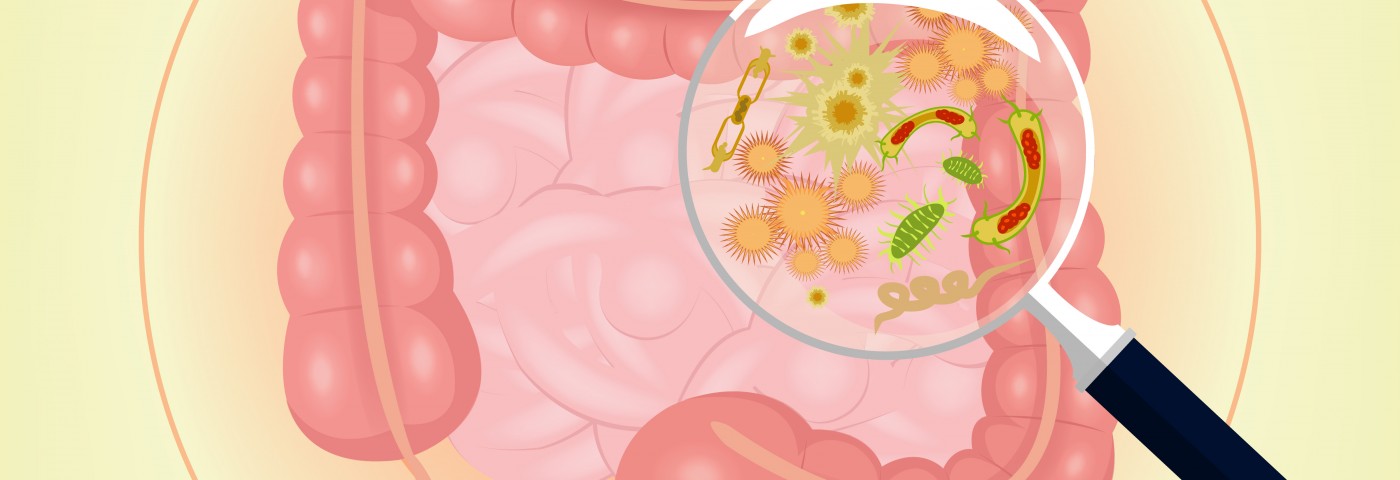Problems with absorbing nutrients and inflammation of the gut are hallmarks of cystic fibrosis (CF). A University of Washington study now shows that in children with cystic fibrosis, an altered gut bacterial flora is a large contributor to these problems – a finding that might shine light on therapeutic targets to improve gut function.
The study, “Metagenomic evidence for taxonomic dysbiosis and functional imbalance in the gastrointestinal tracts of children with cystic fibrosis,“ was published in the journal Scientific Reports.
Researchers had hypothesized that the altered characteristics of the gut lining in cystic fibrosis, caused by dysfunctional chloride channels, might select for certain types of gut bacteria, potentially contributing to disease symptoms.
The research group had previously shown that children with cystic fibrosis have abnormally high levels of inflammation-causing bacteria such as E. coli in their gut. Now, they performed an extensive analysis of the bacterial flora of 14 children with cystic fibrosis and 12 children without the disease.
In total, researchers collected between two and five stool samples from each child, ending up with 104 samples. These were collected when kids with cystic fibrosis were between 15 days to 5 years old, and control children were between 55 days and 3.5 years old. Researchers extracted and sequenced DNA from the samples, and then performed a taxonomic analysis to find the types of bacteria that were present in the children’s gut.
The team confirmed their earlier analysis that children with cystic fibrosis had high levels of E. coli and other bacteria from the same group. Kids with cystic fibrosis also had differences in other bacterial types, with higher or lower numbers compared to healthy children. This difference was largest in the youngest children and seemed to get smaller as the children grew older.
An analysis of the functions of the bacteria showed that bacteria in kids with CF had a lower capacity for processing fat and to produce fatty acids – crucial nutrients for a growing child. The bacteria also degraded some of the fatty acids that were produced at a higher rate, particularly those with anti-inflammatory characteristics.
The bacteria responsible for these functional differences could be linked to observed symptoms of fat malabsorption and gut inflammation. The authors believe these differences in bacterial species are driven, at least in part, by unabsorbed fat in the gut – a factor that could be manipulated with treatment.

